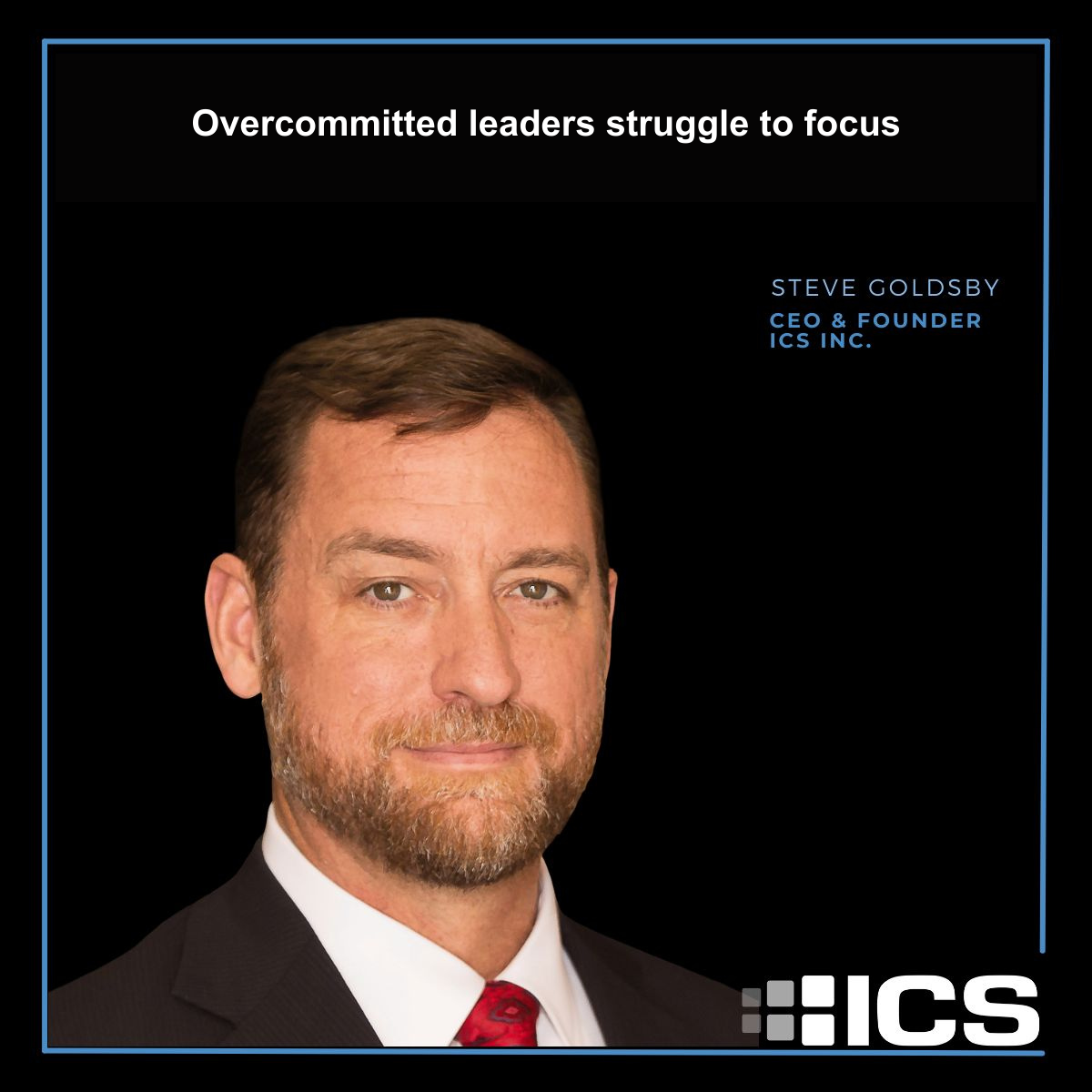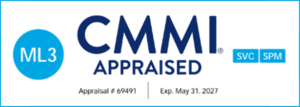As leaders of small businesses, we wear many hats and juggle countless responsibilities. It’s easy to get bogged down in the minutiae of day-to-day operations, putting out fires rather than moving the needle on strategic goals. This prevents us from dedicating time to high-impact activities that actually move our companies forward.
To thrive in today’s dynamic marketplace, we must get into the habit of frequently assessing where we spend our time and energy. What tasks or meetings are not mission-critical? Which projects or initiatives align with our core priorities and offer the greatest ROI? Where are we over-investing resources relative to the value created?
By regularly auditing how we allocate our most precious resource – time – we can deliberately shift focus toward essential growth drivers. This allows us to operate in our unique abilities, play to our strengths, and do more of what we do best.
When we are intentional about letting go of less critical activities, we create space for game-changing priorities. Imagine the possibilities if we consistently invested extra time strategizing, building key relationships, developing our teams, or strengthening our culture.
Here at ICS, we empower our people to grow and evolve by being intentional about delegating tasks to the lowest possible level in our organization. This allows our team members to take on additional accountability and make our organization more resilient. By providing opportunities for ownership and growth, we equip our people with new capabilities while freeing up leadership time for more strategic initiatives.
Here are a few additional tips for letting go with intention:
- Delegate or outsource tasks that others can do 60%+ as well as you. Be rigorous about passing off administrative work.
- Eliminate redundancies and inefficiencies. Streamline processes to avoid duplicated efforts.
- Take a break from being “in the weeds.” Block off chunks of time for strategic thinking.
- Institute buffers between meetings. Unscheduled windows foster creativity.
- Set clearer boundaries around your involvement. Refuse to be overcommitted.
- Define success on your terms. Don’t get distracted by others’ agendas.
With focus and discipline, we can design our days around priority activities that align with our goals and values. While letting go takes courage, doing so ultimately serves our teams, customers, and missions. It also sets our companies up for sustaining success today and tomorrow.
What will you let go of this week to make more time for what matters most?
#strategicfocus #delegate #empowerteams #streamline #strategicthinking







